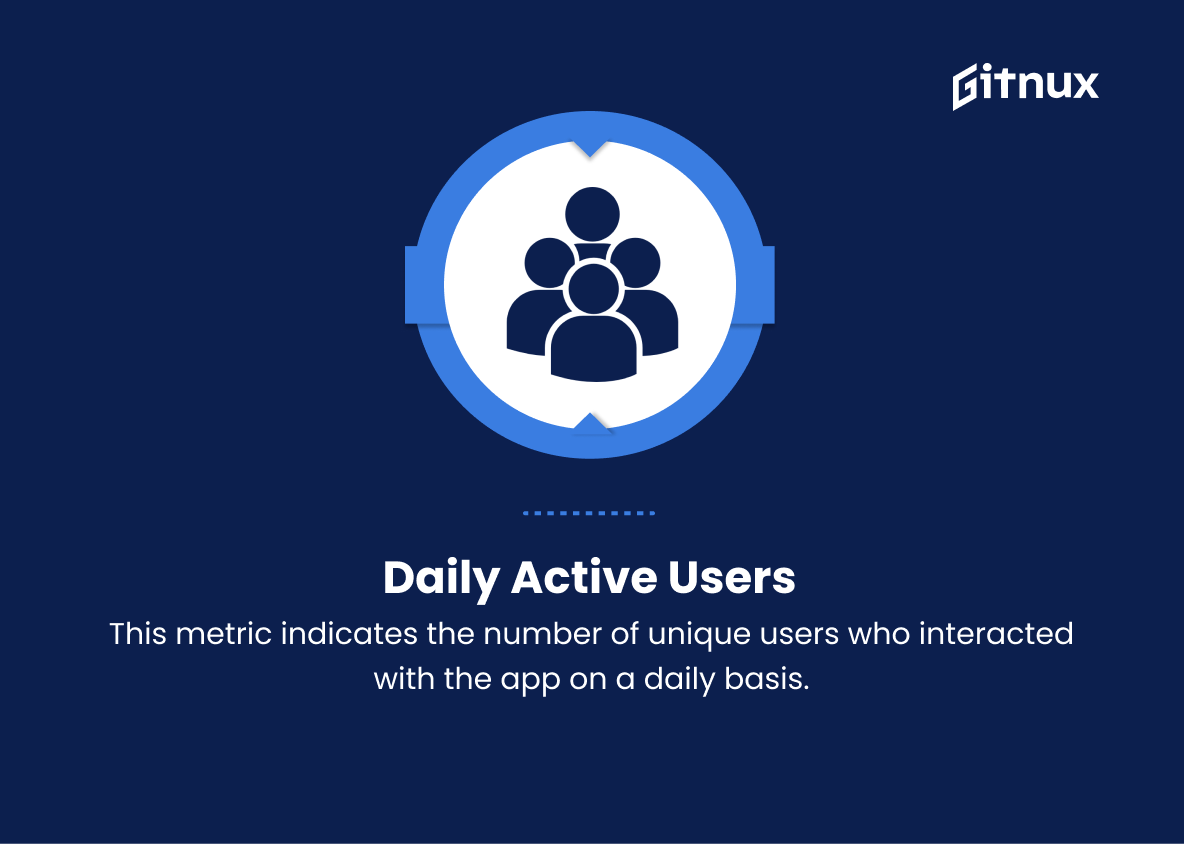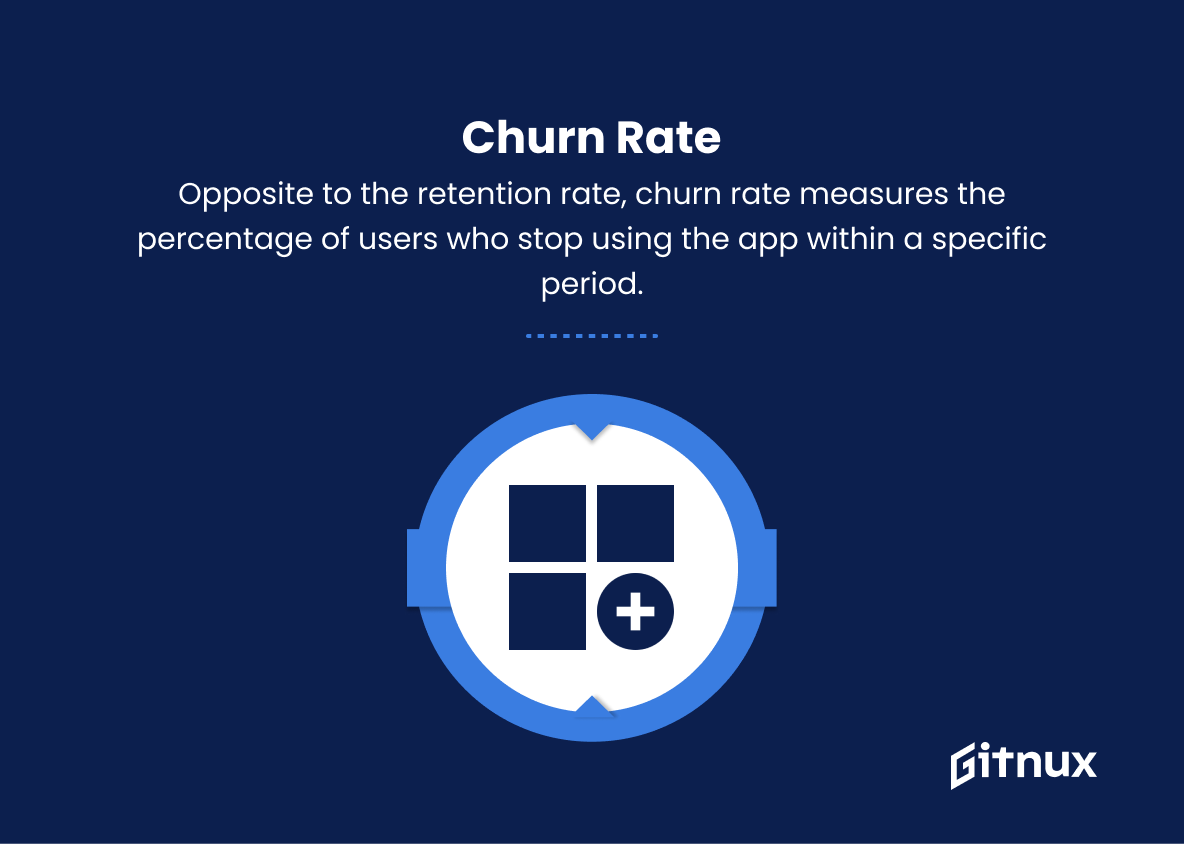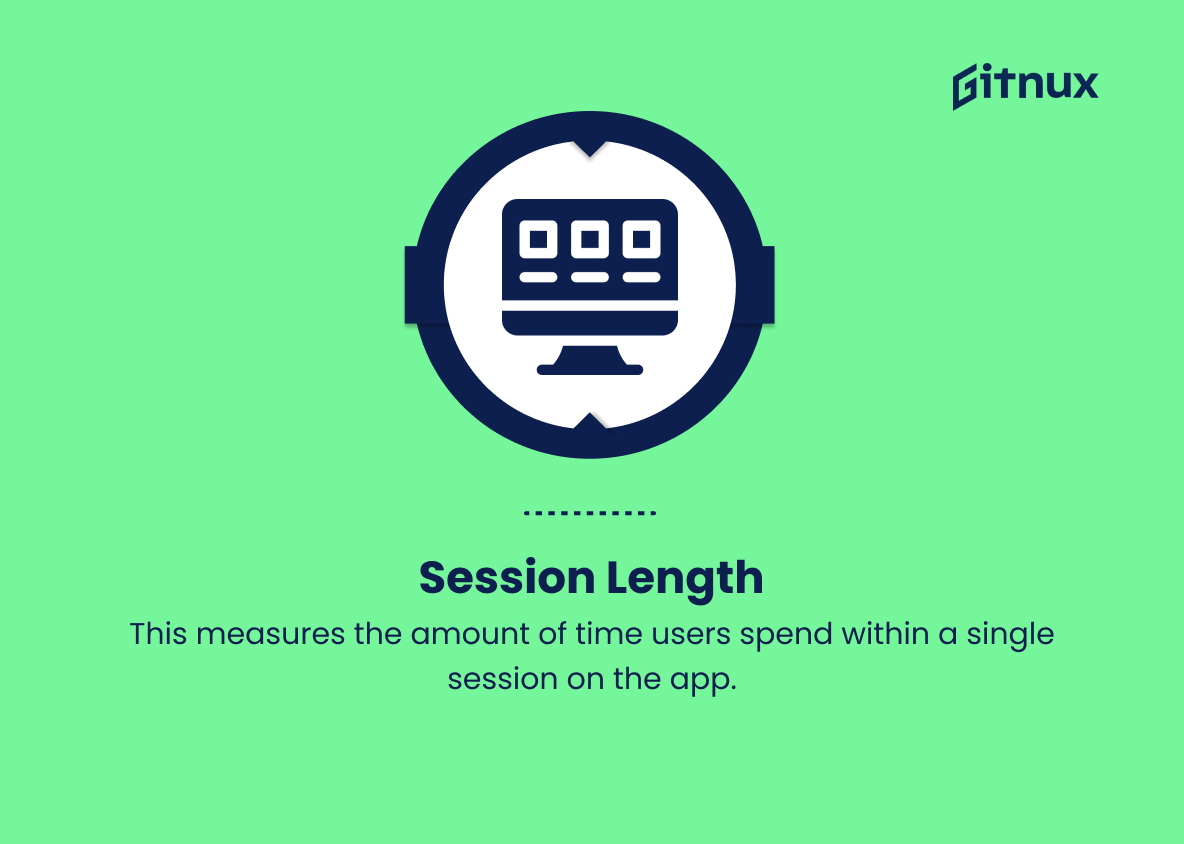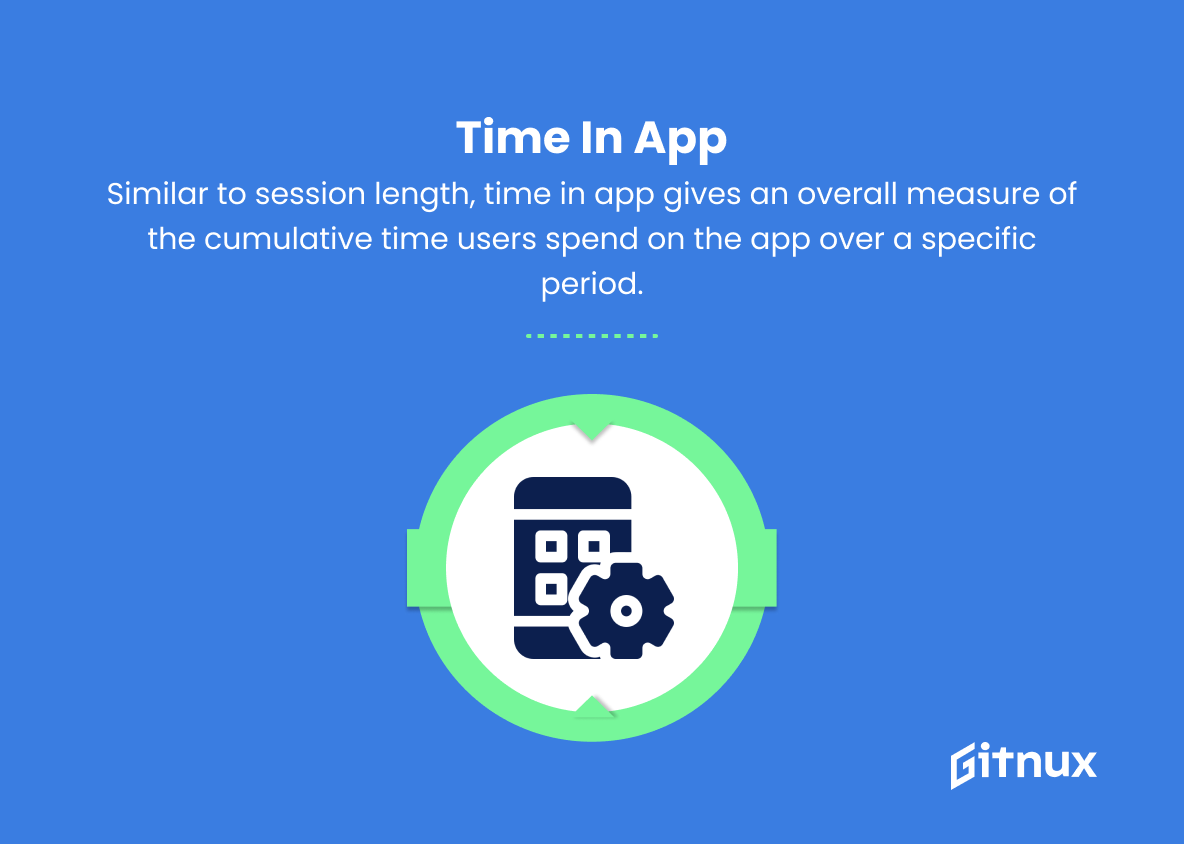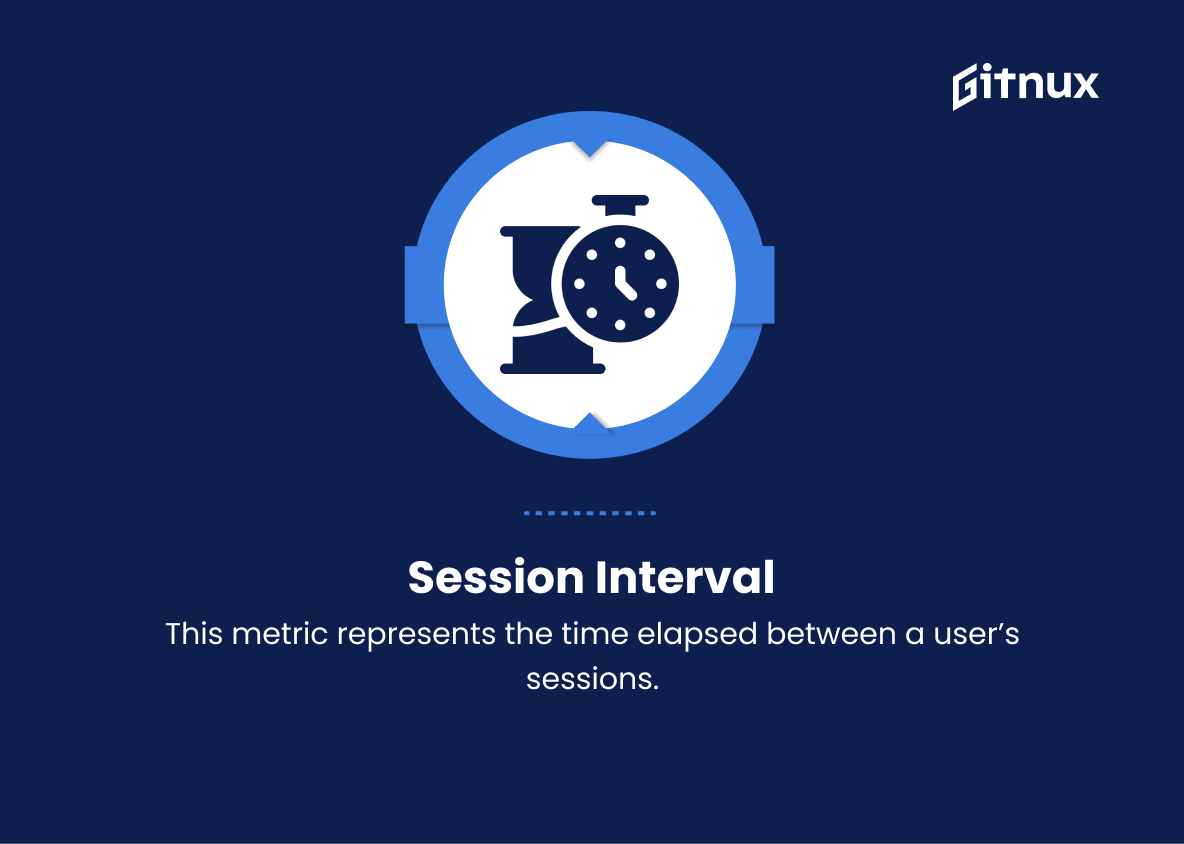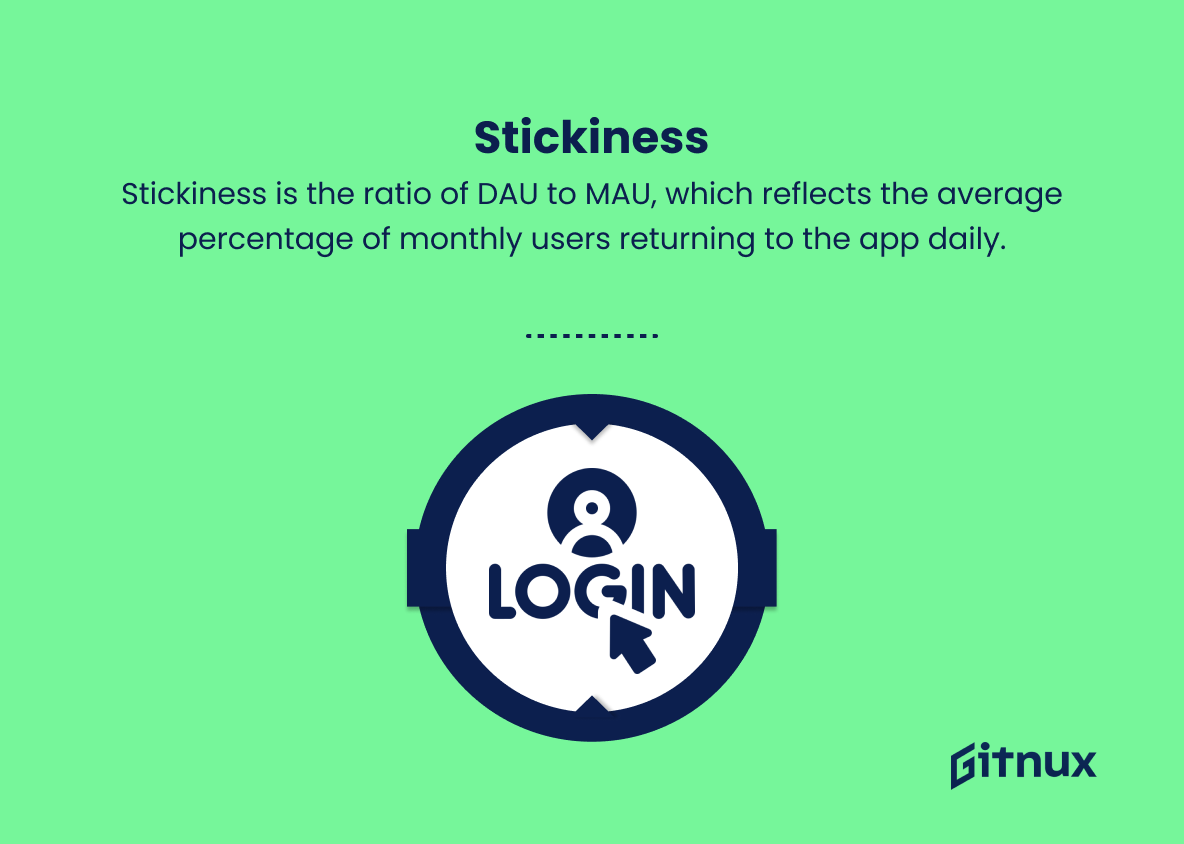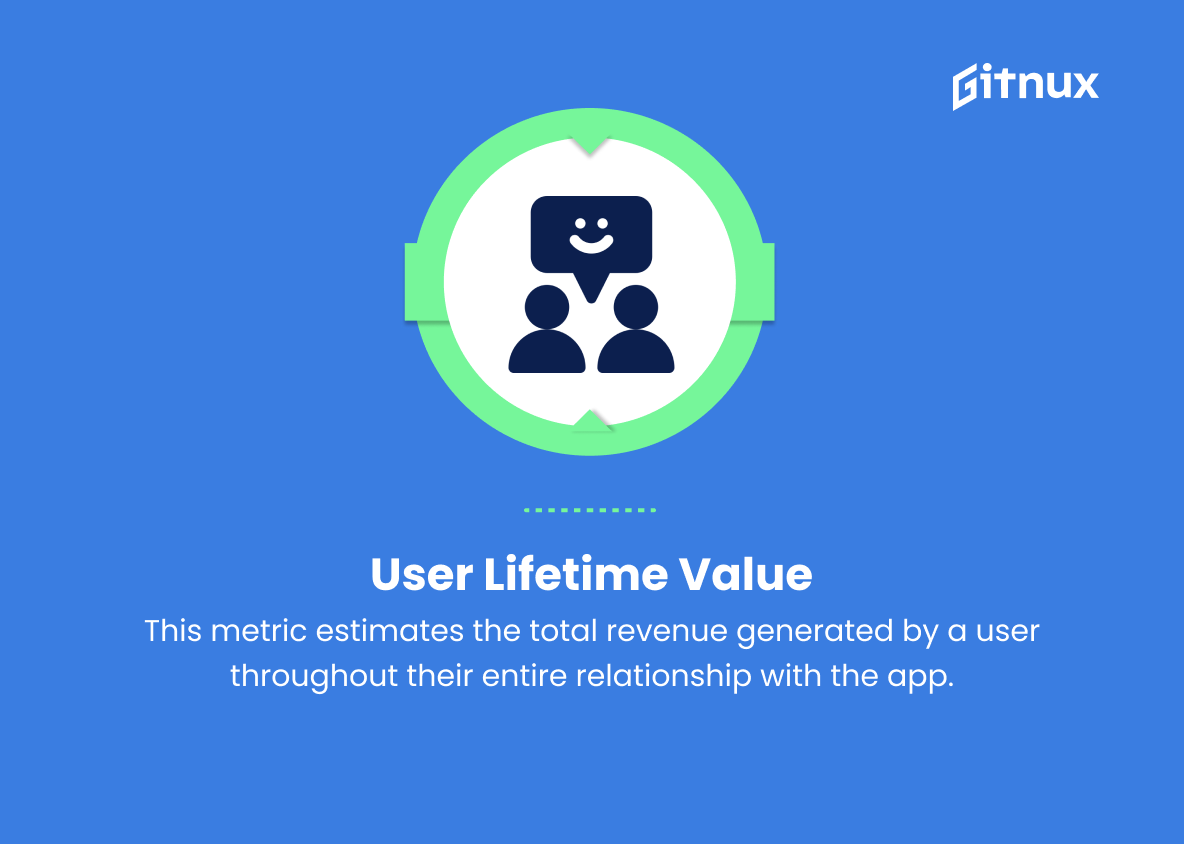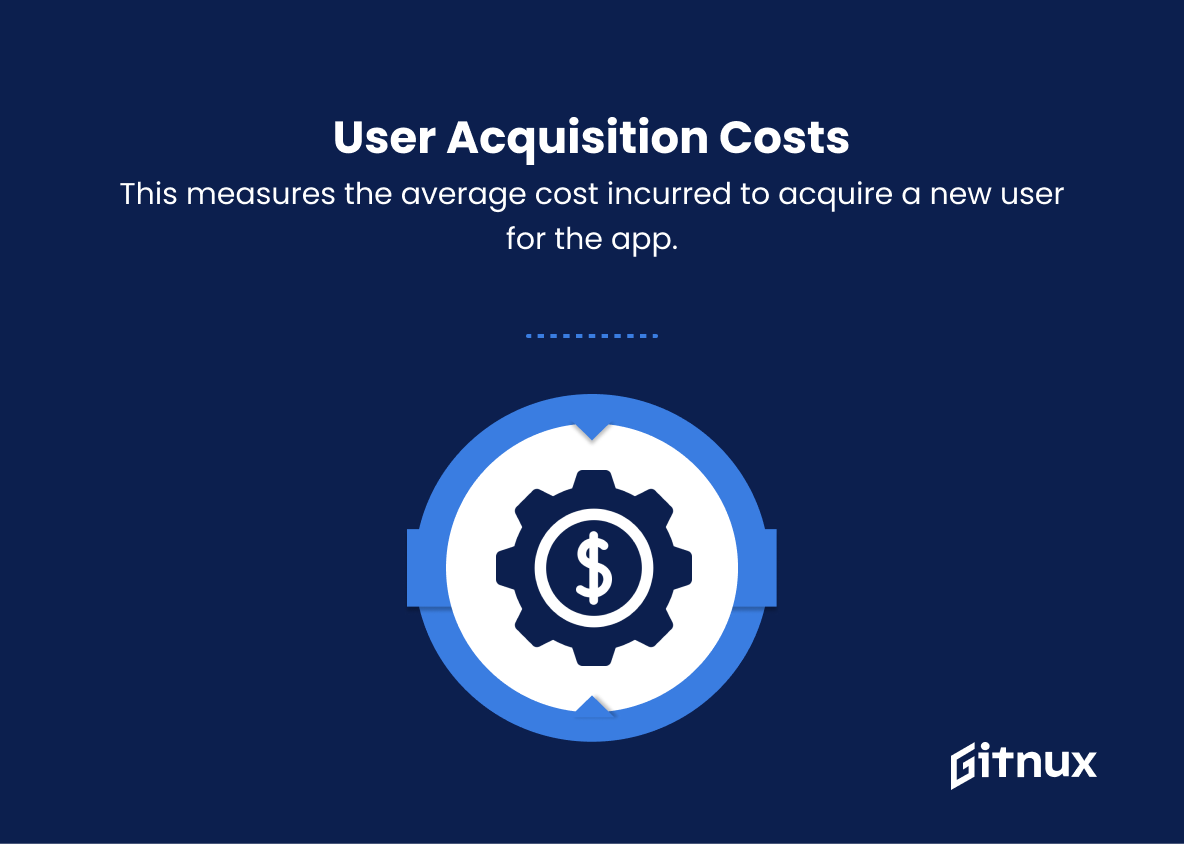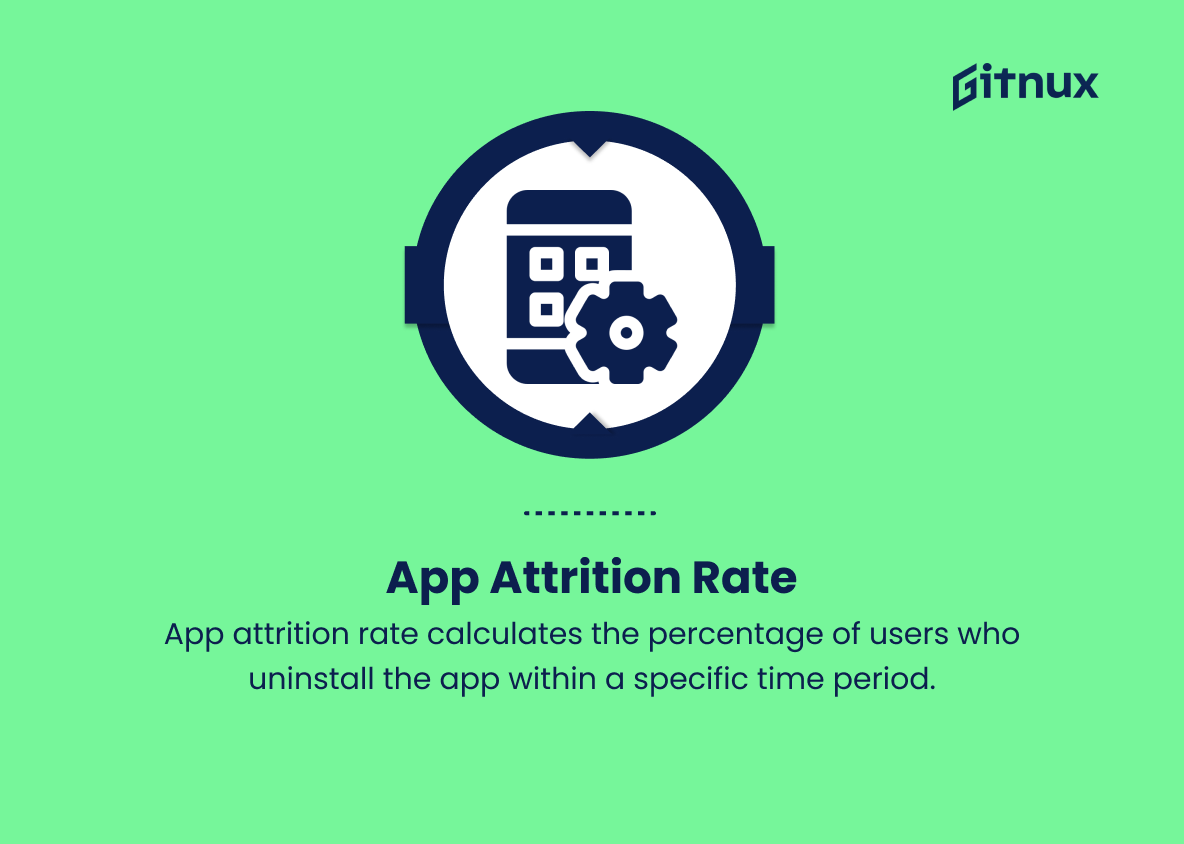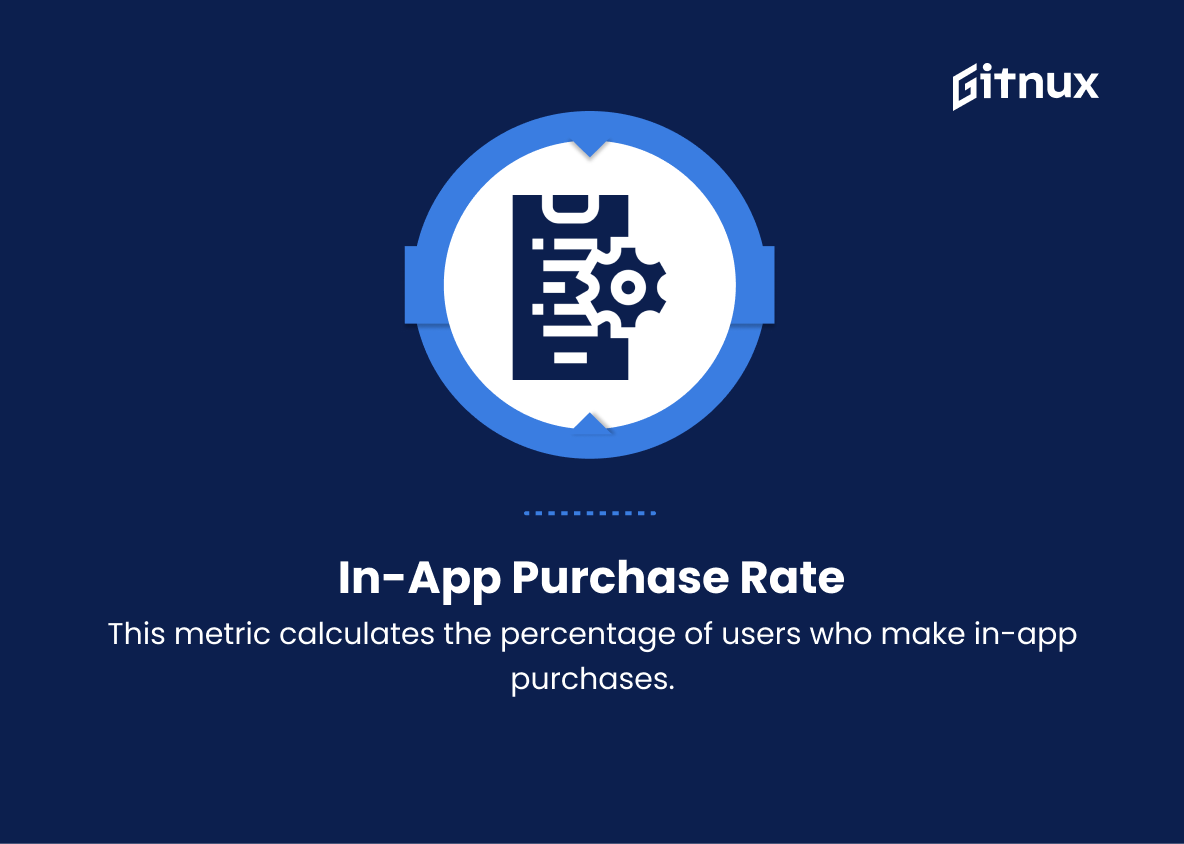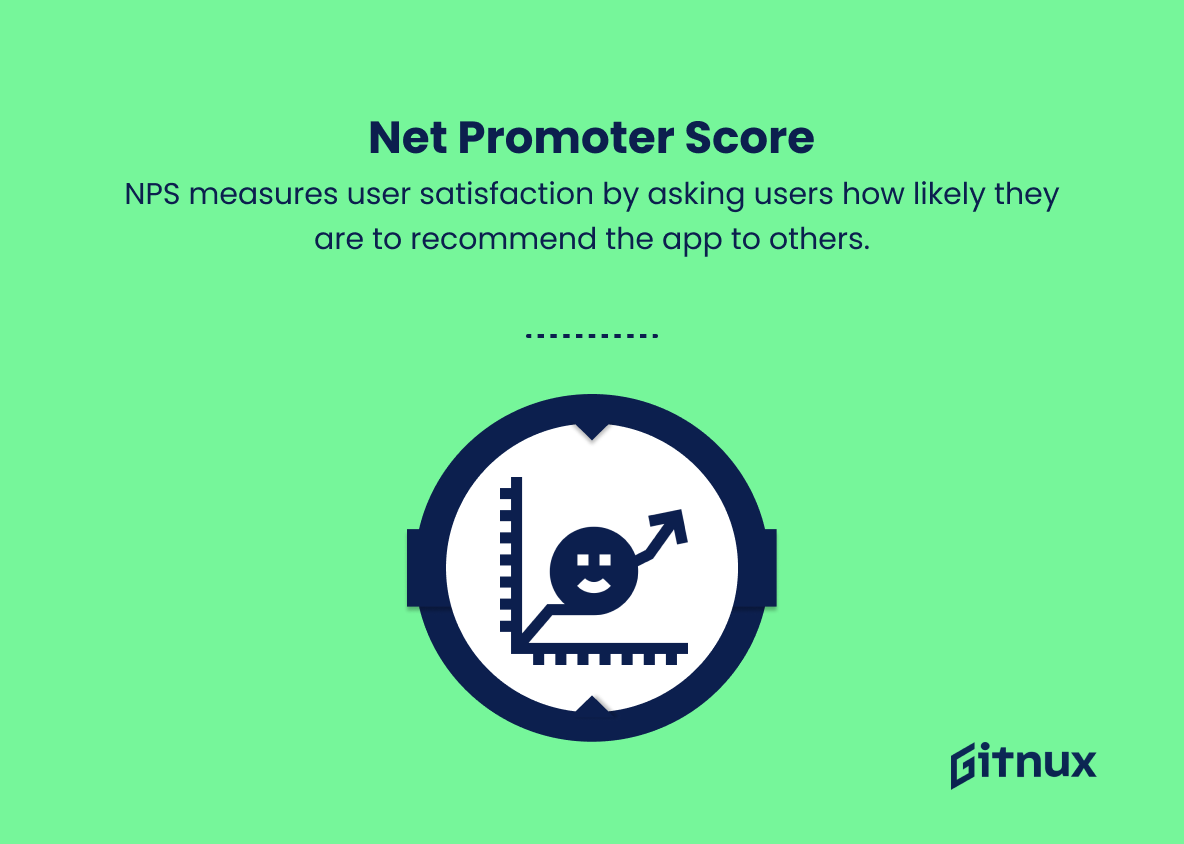In today’s competitive digital landscape, merely launching an app is not enough to ensure success, regardless of the niche or target audience. Establishing a loyal user base, maintaining their engagement, and retaining them over time is of paramount importance. App Retention Metrics, key indicators of an app’s performance, are essential tools for app developers and marketers aiming to optimize user experience, increase revenue, and drive long-term app growth.
In this in-depth blog post, we will explore the various retention metrics, understand their significance, and discuss the best practices for utilizing these insights to elevate your app’s success and stand out in the crowded marketplace.
App Retention Metrics You Should Know
1. Daily Active Users (DAU)
This metric indicates the number of unique users who interacted with the app on a daily basis. It helps gauge the app’s day-to-day engagement levels and gives a high-level overview of user activity.
2. Weekly Active Users (WAU) and Monthly Active Users (MAU)
Similar to DAU, these metrics analyze the number of unique users interacting with the app on a weekly and monthly basis, respectively. Higher WAU and MAU suggest consistently high engagement.
3. Retention Rate
This measures the percentage of users who continue using the app after a specific time period or event, such as 30, 60, or 90 days. Higher retention rates imply that users find the app valuable or enjoyable over time.
4. Churn Rate
Opposite to the retention rate, churn rate measures the percentage of users who stop using the app within a specific period. A lower churn rate is desirable, as it suggests a more loyal user base.
5. Session Length
This measures the amount of time users spend within a single session on the app. Longer session lengths could indicate high engagement or user satisfaction.
6. Time in App
Similar to session length, time in app gives an overall measure of the cumulative time users spend on the app over a specific period. This helps identify patterns and trends in user engagement.
7. Session Interval
This metric represents the time elapsed between a user’s sessions. Shorter session intervals might suggest a higher dependence on or satisfaction with the app.
8. Stickiness
Stickiness is the ratio of DAU to MAU, which reflects the average percentage of monthly users returning to the app daily. A higher stickiness implies that users are more active and engaged on a regular basis.
9. User Lifetime Value (LTV)
This metric estimates the total revenue generated by a user throughout their entire relationship with the app. LTV helps identify the most valuable users and informs decisions on marketing and user acquisition strategies.
10. User Acquisition Costs (UAC)
This measures the average cost incurred to acquire a new user for the app. Lower UAC means that the app is attracting users more effectively and efficiently.
11. App Attrition Rate
App attrition rate calculates the percentage of users who uninstall the app within a specific time period. A lower attrition rate suggests better user satisfaction and long-term engagement.
12. Average Revenue per User (ARPU)
ARPU represents the average revenue generated per user during a specific time period. This metric is crucial for understanding the financial efficiency and sustainability of the app.
13. In-app Purchase Rate
This metric calculates the percentage of users who make in-app purchases. A high in-app purchase rate indicates successful monetization strategies and user satisfaction with the app’s products or services.
14. Net Promoter Score (NPS)
NPS measures user satisfaction by asking users how likely they are to recommend the app to others. A high NPS signifies user satisfaction and advocacy.
App Retention Metrics Explained
App retention metrics are crucial for understanding user engagement, satisfaction, and the overall success of an app. Daily Active Users (DAU), Weekly Active Users (WAU), and Monthly Active Users (MAU) assess usage frequency, while Retention Rate and Churn Rate provide insights into user loyalty. Session Length, Time in App, and Session Interval help identify patterns of user interaction, whereas Stickiness measures consistency in regular engagement. User Lifetime Value (LTV) and User Acquisition Costs (UAC) are essential for understanding an app’s financial sustainability, while App Attrition Rate and Average Revenue per User (ARPU) further reveal user satisfaction and revenue generation, respectively.
In-app Purchase Rate and Net Promoter Score (NPS) provide insights into successful monetization strategies and brand advocacy, respectively. Together, these metrics help app developers and marketers make informed decisions that lead to both user satisfaction and business success.
Conclusion
In conclusion, app retention metrics play a critical role in evaluating the success and sustainability of a mobile application. By continuously tracking, analyzing, and acting upon these metrics, developers can gain valuable insights into user behavior, enabling them to make informed, data-driven decisions aimed at improving user experience, meeting user needs, and ultimately increasing customer loyalty.
As app market competition continues to rise, understanding and focusing on app retention metrics is no longer a luxury—it is an essential part of a successful app strategy that can significantly impact the long-term growth and profitability of any app-based business.
